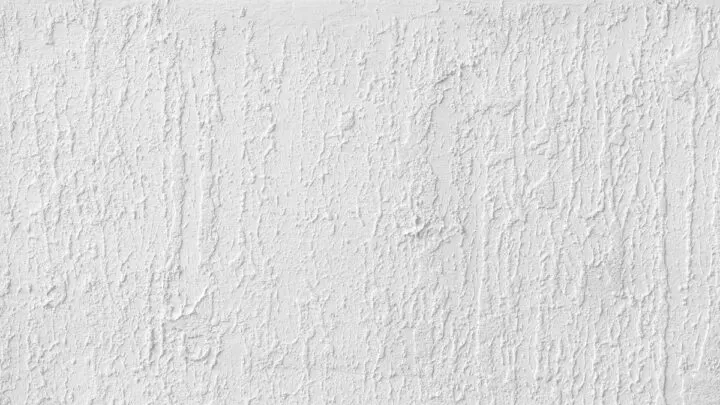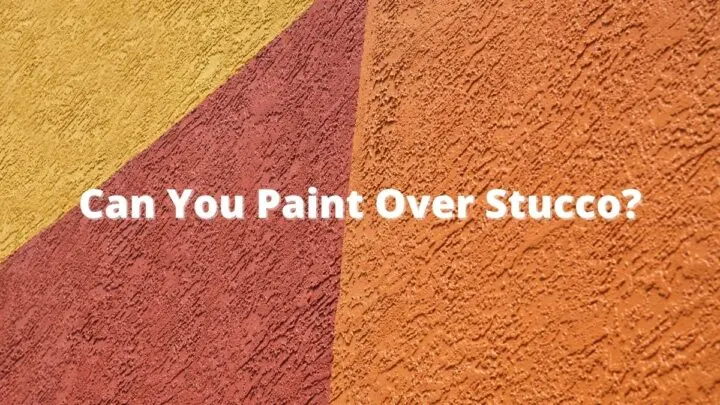If the sight of dull and lifeless stucco walls makes you want to wear a blindfold when you walk into your living room, it may be time to apply a coat of paint!
If done correctly, beautifully painted stucco walls will draw out the inner beauty of your home and make your house the envy of the neighborhood.
It is possible to paint over stucco walls using acrylic or elastomeric paint. Stucco should be washed, repaired, and dried before being painted to help ensure the best results. Making sure that the stucco surfaces are completely dry before painting is also critical.
With that in mind, let’s look at some of the things to consider before painting your stucco walls.
Is Painting Stucco a Good Idea?
Painting stucco walls can be a good idea or just a time-consuming one that doesn’t yield the results you want.
It is the type of paint and skills of the painter that will determine if the walls look good when the paint dries. Painting stucco is not easy. If done incorrectly, the paint will start peeling.
If you want to paint the stucco walls of your home, there are a few guidelines you will want to follow!
You cannot paint stucco walls as if they are plaster, and you also cannot use the same type of paint that you would on plaster on a stucco wall.
However, many of these issues become nonexistent if the stucco walls already have a coat of paint on them. Most issues that painters encounter with stucco walls is with them being non-painted in the first place.
Once a coat or two of paint colors the walls, they will be far easier to paint over.
Why Should You Not Paint Stucco?
There are two reasons why a homeowner should not paint their home’s exterior stucco walls. The first reason is if they live in a humid location. The second reason is the inability to find the correct type of paint.
Humid Location
Stucco is a type of material known to absorb humidity and moisture in the air. You may not find stucco walls in locations that become humid for most of the year.
It is much more common to see stucco walls in locations where there is not much humidity, or the weather is hot and sunny.
Can’t Find the Right Type of Paint
Stucco walls cannot be painted with regular exterior paint.
This type of surface requires special paint that will cling to the stucco surface while resisting the elements.

What to Do Before Painting Stucco Walls
There are a few steps to take before painting the stucco walls or interior ceiling.
For Exterior Stucco Walls:
- First, wash and dry the stucco walls thoroughly and remove any tape, putty, nails, and anything else sitting in or on the surface.
- If you have the tools, pressure washing the walls is faster and more effective at cleaning them. If a pressure washer is not available, spray the walls thoroughly with a hose.
- If you do pressure wash the walls, do not set the pressure too high, as the high water pressure can also remove the paint from walls. Set the hose at the lowest psi and gradually increase it until the walls are sparkling clean.
- Because stucco walls are full of small cracks and ridges, have a scrub brush ready to scrub away caked-on dirt and grime.
- After washing the stucco walls, look for any cracks in the walls. Cracks must be repaired before the painting begins or the crack can widen and expose the material underneath to the elements. Caulk is the material used to patch up cracks and small holes.
For Stucco Ceilings:
Stucco ceilings are quite popular. Even if a house does not have stucco walls, it may still have stucco ceilings. These ceilings are also known as “popcorn” ceilings.
- When painting an interior stucco ceiling, remove everything from the room except large pieces of furniture. Cover the furniture with tarps to prevent paint from splattering and staining any surfaces.
- Then, clean the ceiling thoroughly with a scrub brush. Remove the dust and cobwebs. Tiny pieces of the popcorn ceiling will come off, but this is normal. Allow the ceiling to dry naturally or use a high-powered blow dryer.
- Fix any small cracks in the popcorn ceiling with caulk. However, if there are bulging spots around the crack, then the ceiling has moisture damage and should be looked at.
What Kind of Paint Do You Use on Stucco?
There are only two types of paint that can be used on stucco – elastomeric paint and acrylic latex paint.
Each type of paint has its pros and cons.
Elastomeric
Pros
- Thicker consistency
- Made for the outdoors, but can be used inside as well
- Designed to last longer, even in the worst weather
- If properly dried and painted, it can act as a sealant to keep out moisture
Cons
- Much more expensive than acrylics.
- Not porous, and can trap moisture behind paint if walls are not properly dried
- Must be patched up regularly
Acrylic Latex
Pros
- Cheaper than elastomeric paint
- It will last longer if used for interior spaces
- Is not thick and will allow moisture to escape
- Is not prone to cracking and will not require regular patching
- Much more common
Cons
- It will not last as long as elastomeric if used on exterior walls
- It will not protect against moisture damage
Note: Do not use interior stucco paint on exterior walls. Not only is interior paint not formulated to withstand the elements like rain and sun, but it will also peel faster than exterior paint. All the demanding work that went into painting the exterior wall will peel away with the paint.
Conclusion on painting over stucco
When painting stucco, use only interior and exterior elastomeric or acrylic paint.
The walls and ceiling must be dried completely after washing, or the paint will trap any moisture left behind. If there are cracks in the stucco walls or popcorn ceilings, patch them with caulk.


